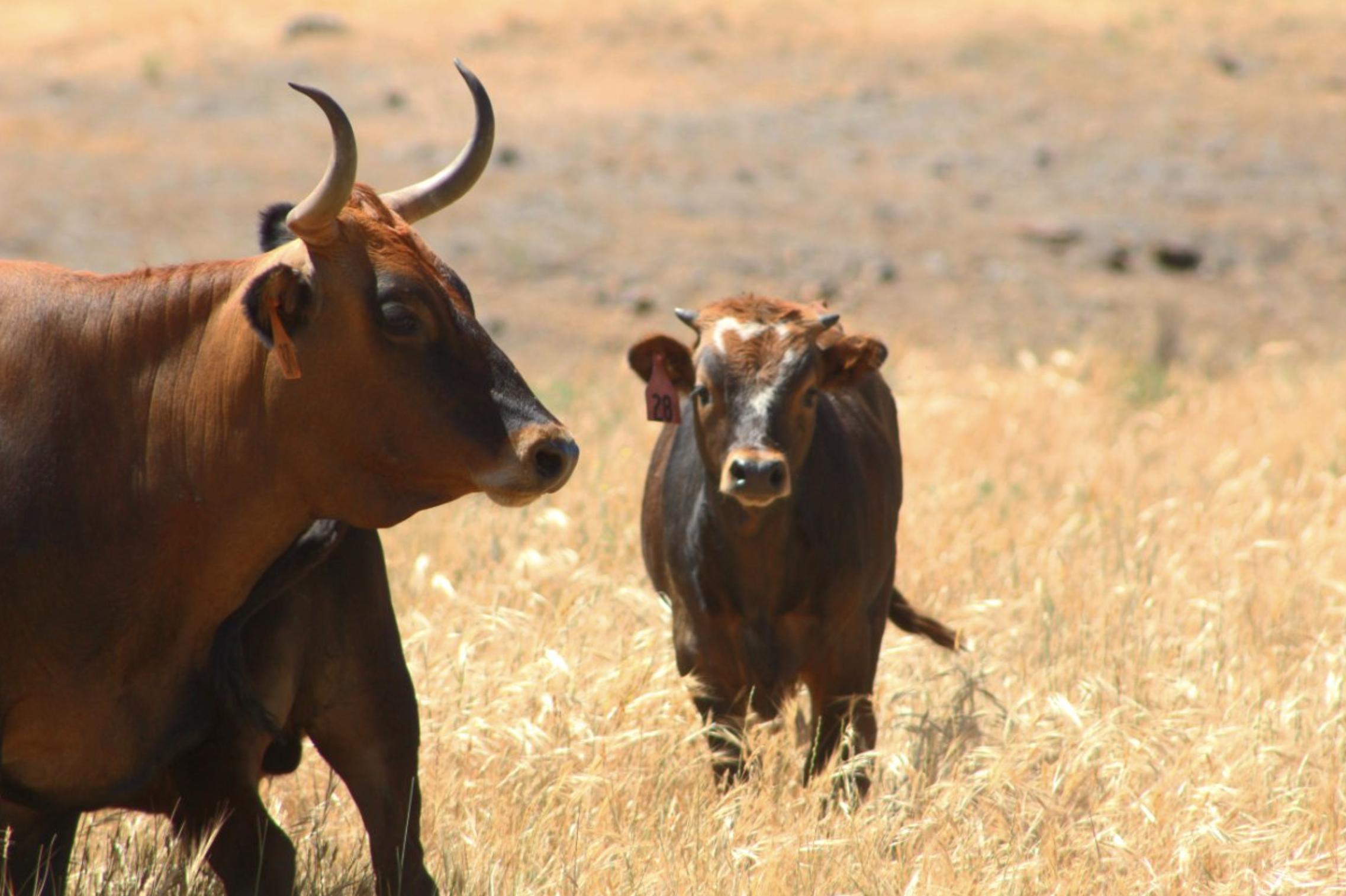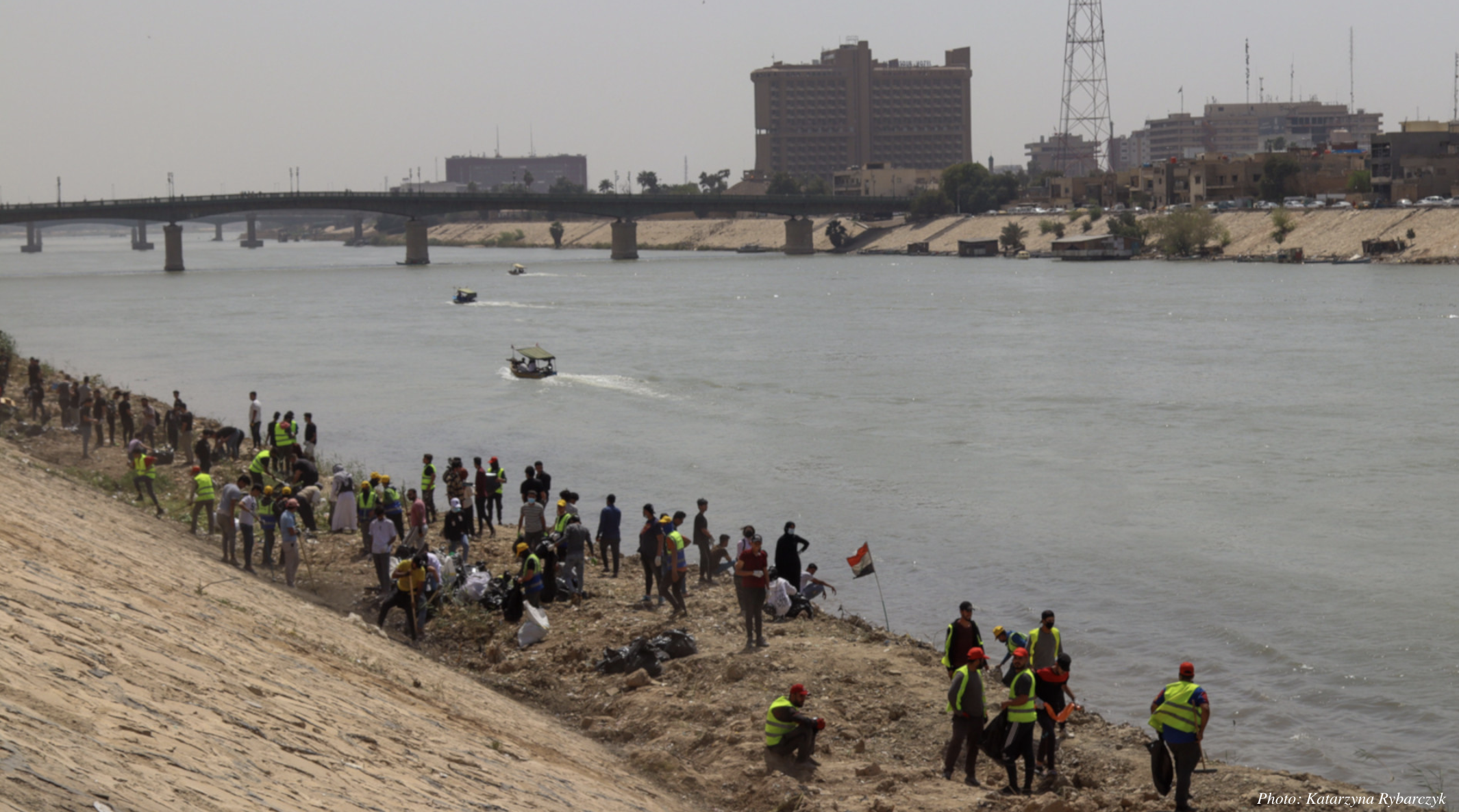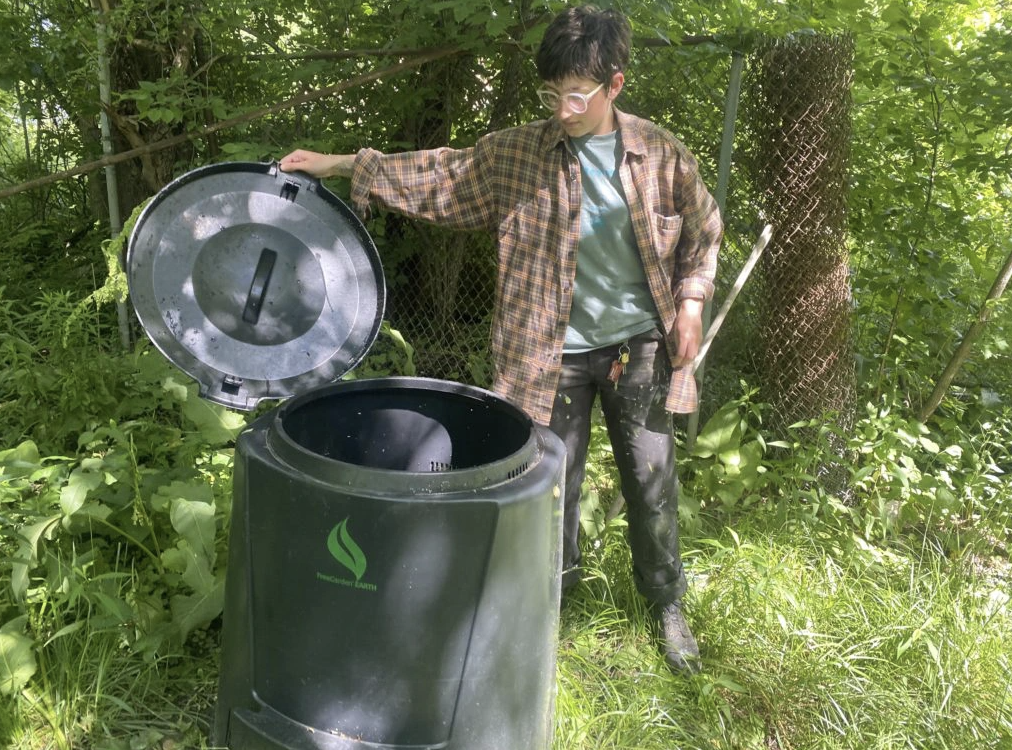Protecting neighborhoods from future flames
Protecting neighborhoods from future flames
By Kylie Mohr, High Country News, July 25, 2022
photos usable. word count: 1308
When the Camp Fire raced through Paradise, California, in 2018, the town’s residents were faced with a decision: They could stay in their homes, which might burn to the ground; they could sit in traffic on one of the four clogged evacuation routes in the fire’s path; or they could retreat somewhere that might be protected from the encroaching flames. Around 75 people rushed to the west side of town, where they sought refuge in Bille Park, 56 acres of redwood groves, hiking trails and a playground. They spent hours in the city’s green space, huddled under a large metal picnic pavilion, sheltering from flying embers, but they survived.
“If they’d stayed at home, they would’ve likely perished,” said Dan Efseaff, the Paradise Recreation and Park District manager. Sparked by electrical transmission lines, the Camp Fire was the deadliest, most destructive fire in California history. The blaze killed at least 85 people and destroyed 18,000 structures. And it showed how the usual suggestions for home hardening, such as clearing vegetation or removing propane tanks near homes, are not always enough on their own — especially since not everyone can afford to do them. Efseaff and other Paradise government leaders realized that when a fire is that dangerous, individual actions aren’t enough to protect homes and people from future fires. Efseaff is now working on a project that he hopes can protect entire neighborhoods, not just individual properties: a combination firebreak and trail system that would encircle Paradise.
“If they’d stayed at home, they would’ve likely perished.”
Efseaff had the idea for a perimeter trail before the Camp Fire struck, but the conflagration gave the project a new sense of urgency. And the Bille Park survivors, who turned to a city park in their time of need, inspired him to see park land not only as a space for recreation, but also a potential firebreak. “Our vision is to build a buffer around the entire community,” he said. “It’s fire risk reduction from a community standpoint.” It’s an approach that could protect entire neighborhoods, not just individual homeowners with the time, money and space to landscape their yards and retrofit their homes.
THE PROPOSED COMMUNITY FIREBREAK in Paradise differs from conventional home hardening techniques, which focus on building-level strategies that require homeowners to shore up their own property. Local governments and federal and state agencies like CAL FIRE encourage removing potentially flammable items like stacked firewood, patio furniture and combustible plants like juniper and eucalyptus from a home’s immediate vicinity. Homeowners can also install new roofs that replace untreated wood shingles with materials that don’t burn as easily, such as concrete, metal and slate, and they can replace single-pane with double-pane windows. Lab research and post-fire analysis show that building materials and design are key factors in determining which homes survive. For example, in 2008, California enacted building codes for new homes in high fire risk areas that required fire-resistant materials and at least 100 feet of defensible space between homes and flammable foliage; in Paradise, about 50% of homes built after 2008 survived the Camp Fire, while only 18% of older homes remained.
While there are some less expensive measures people can take to protect their homes, like clearing gutters of pine needles, which can act as kindling, most suggested retrofits are neither cheap nor easy — and that could leave some homeowners vulnerable. As climate change sets the stage for more frequent and more damaging fires, experts say that wildfire preparedness that protects the life and property of everyone, not just the wealthy, has become a climate equity issue. Retrofitting a three-bedroom home with a new wildfire-resistant roof can cost over $27,000, according to a price study done by Headwaters Economics. “A lot of people don’t have the time or space to think about wildfire,” said Amanda Milici, who helps communities brace for fire at the Tahoe Resource Conservation District. “Preparedness really is a privilege.”
Current fire retrofit and mitigation recommendations are not designed with all types of housing in mind. “They’re implicitly assuming a single-family home on a large lot,” said Kathryn McConnell, a postdoctoral research associate at Brown University. “And that, of course, leaves open the question: How do we protect buildings that are multifamily buildings, or mobile homes in close proximity to other homes?” The Camp Fire incinerated the Ridgewood Mobile Home Park retirement community in Paradise; according to unpublished research by McConnell, the fire destroyed over 3,800 mobile homes.
“Preparedness really is a privilege.”
Renters, too, are often left out: “There’s often limited incentives for renters to make their own financial investments, and time investments, into improving a property that’s ultimately owned by someone else,” McConnell said. In South Lake Tahoe, Milici, a renter herself, created a renter’s guide for how to prepare for wildfire (available in English and Spanish) after she was evacuated during the 2021 Caldor Fire. “Although not intentional, we realized our resources weren’t specifically relatable to nonhomeowners,” Milici said. “We realized renters wouldn’t be able to find information about wildfire preparedness that only applies to them, like renters’ insurance and making a defensible space plan with your landlord.”
And landlords may not take action, either. Brett Van Paepeghem, the southern Idaho project manager for nonprofit Idaho Firewise, helps run a demonstration garden of fire-resistant landscaping in Boise, Idaho. While he’s assisted hundreds of individuals and at least a dozen homeowner associations with property consultations over the last 16 years, no landlords have approached him.
Rather than just relying on residents to retrofit their homes to mitigate fire, Efseaff’s proposal puts the onus of protection on the community. A firebreak could defuse a fire before it even reaches the residents’ homes. Paradise’s unique topography naturally sets the perimeter: Butte Creek and the West Branch Feather River carve canyons that create a triangle around the town. The canyons are steep, subject to high winds, and densely treed — risky areas for out-of-control wildfire behavior that would benefit from a bordering firebreak. Local land managers will thin dense existing foliage, and then plant or seed new trees to create a narrow strip of healthy forest where they’d tend to potential fuels like overgrown bushes, shrubs and trees. That will also create space to build trails for runners, walkers and bikers. It might also incorporate techniques like prescribed burns and grazing to keep vegetation under control.
Efseaff applied for funding through the Federal Emergency Management Agency in December 2020 and is waiting to hear whether the town qualifies. The parks department has acquired 100 acres of property to date, including donations from owners who don’t want to rebuild. It’s still far from its goal of a total of 16 miles encircling the community, but it has also received private funding that allowed it to hire a project manager to buy more property.
The firebreak won’t be easy, or cheap, to create: Land acquisition and initial thinning could run about $30 million. Additionally, scientists don’t yet know how effective large firebreaks would be; a literature review by the Conservation Biology Institute, Paradise Recreation and Park District and The Nature Conservancy found that little empirical testing had been done. More field experiments are needed to test firebreaks’ usefulness and limitations on a large scale.
But thinking outside the box is necessary these days, and Efseaff is optimistic that the project will not only succeed, but also spread the message that community-level wildfire preparedness should be part of every town’s fire planning. “It matters what happens in the neighborhood,” he said. “Fire doesn’t stop at the fence line.”
Kylie Mohr is an editorial fellow for High Country News writing from Montana. Email her at kylie.mohr@hcn.org or submit a letter to the editor. See our letters to the editor policy.
The Institute for Journalism & Natural Resources supported reporting for this story.





